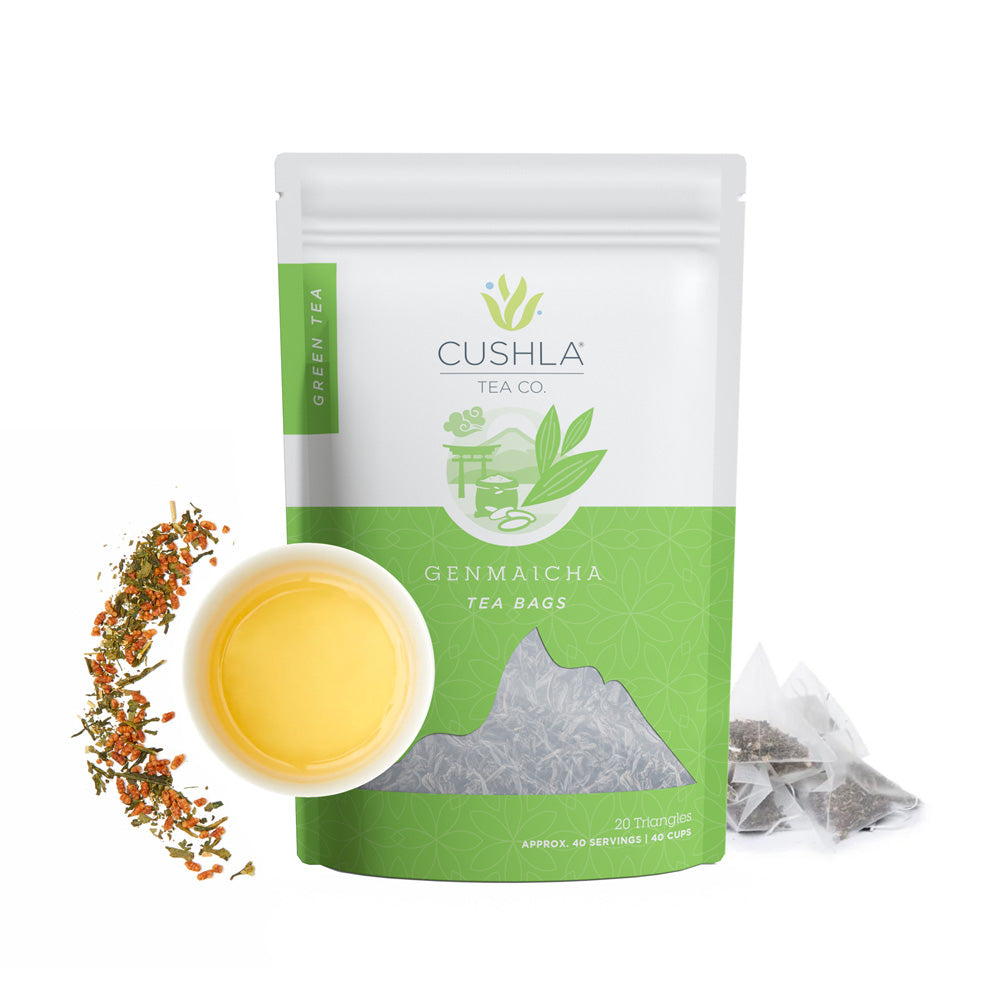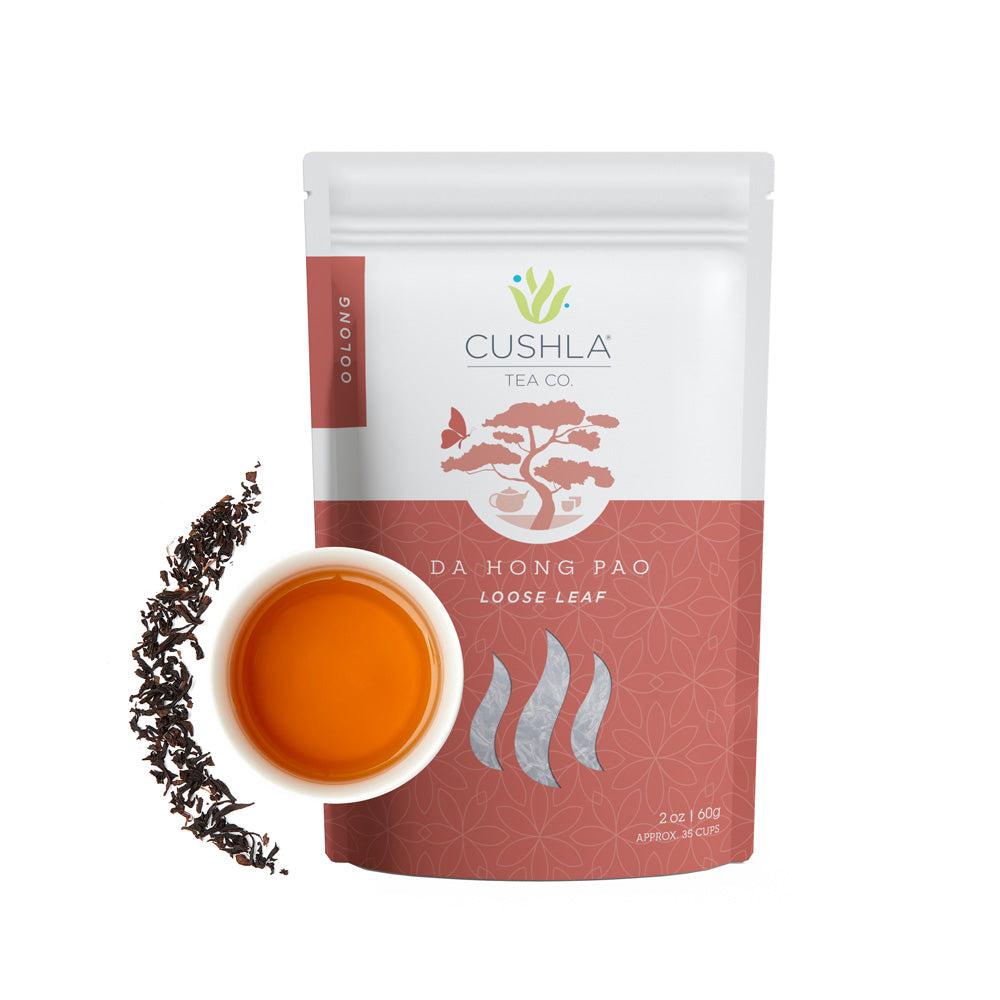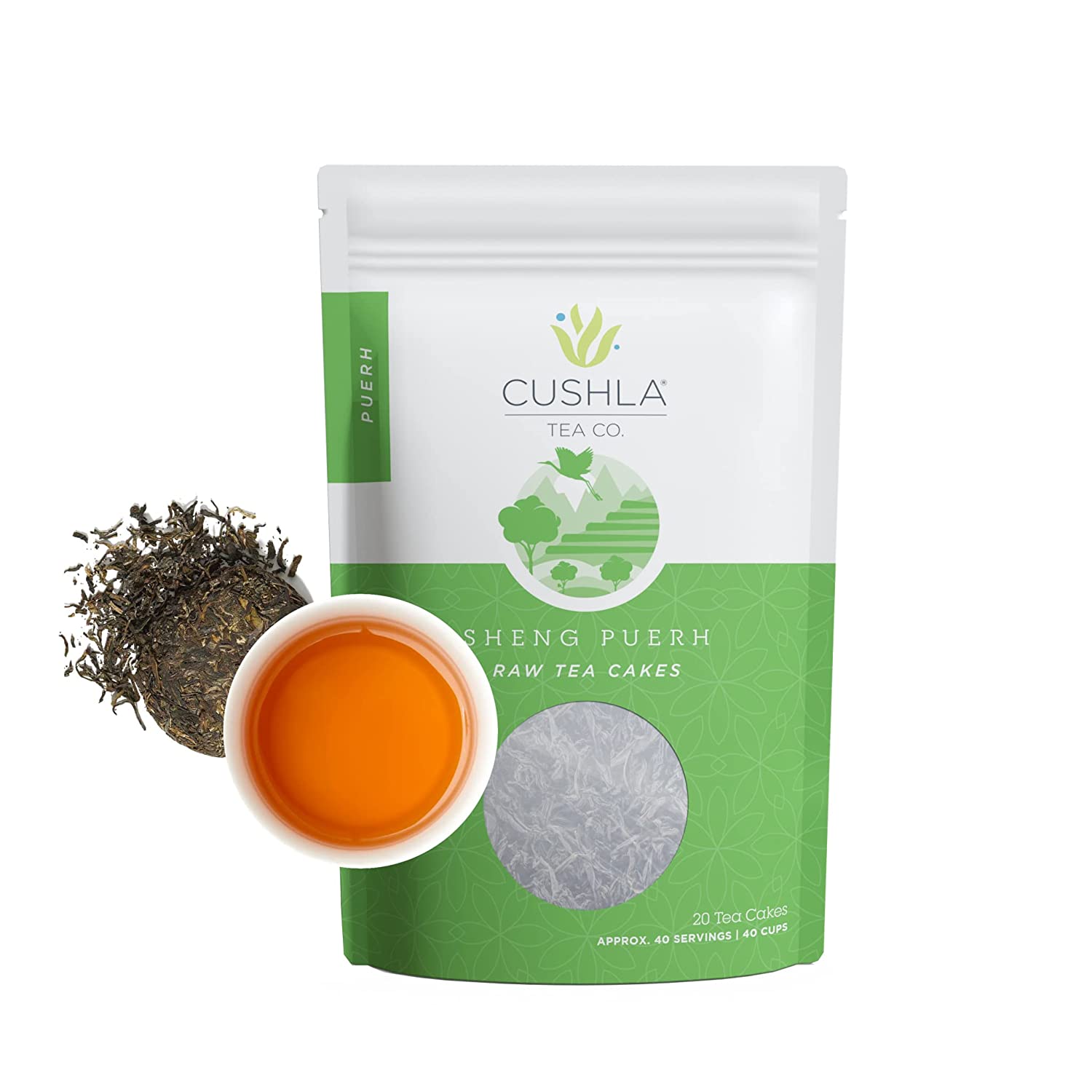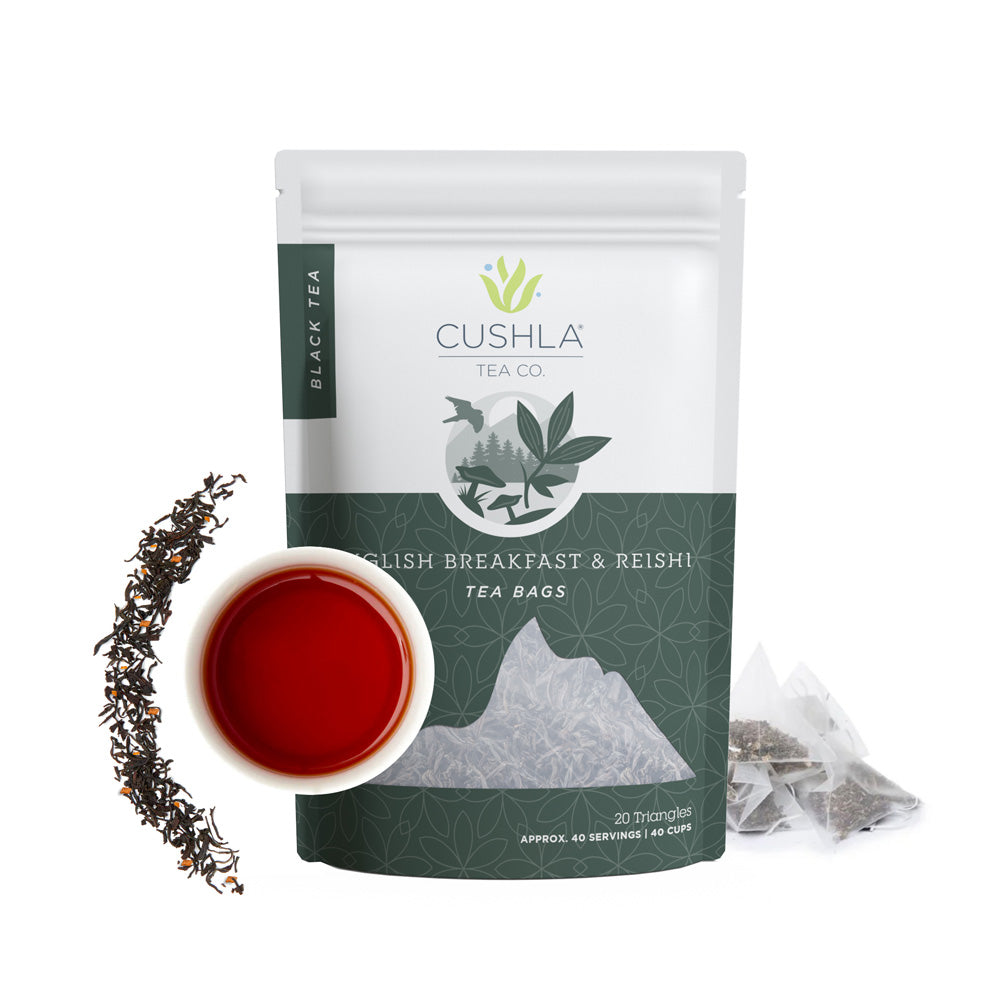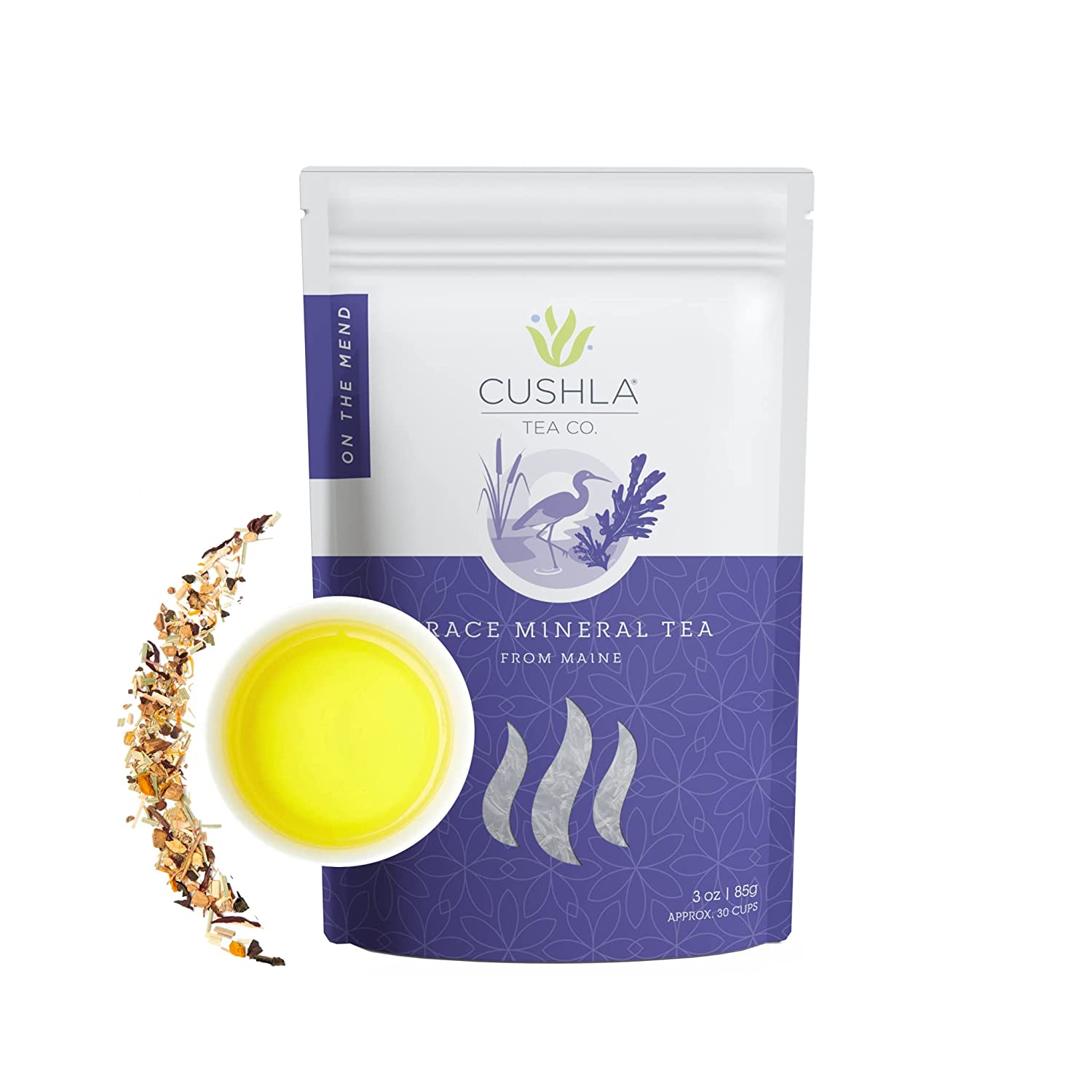What Makes Decaf Oolong Tea So Damn Good?
Oolong tea has a long history in Asia and has recently gained popularity in the West as tea enthusiasts discover its remarkable flavors. Typically, decaffeinated teas tend to lose some of their taste during the process, but that's not the case with our decaf oolong tea. Our time-tested decaffeination method ensures that all the aromatic flavor profiles remain intact.
Our decaf oolong tea offers a range of flavors, including smoky, woody, nutty notes, with a delicate toasty finish. It is the perfect tea for those seeking a delightful taste and an immersive tea-drinking experience without the caffeine.
Brewing Our Decaf Oolong Tea
Step 1: Choose Your Teapot
Decaf oolong tea can be brewed using either traditional Chinese techniques or the simpler Western method, each offering unique benefits and resulting in a great-tasting cup of oolong tea. Chinese brewing techniques provide a fuller-bodied tea experience, while the Western method is ideal for beginners or those looking for a quick single cup.
Yixing Pot
A yixing teapot is a traditional clay pot from China's Jiangsu province, designed for brewing oolong, black, pu-erh, and white teas. Yixing pots absorb the tea's flavor with each steeping, creating a coating that enhances the tea's taste and color. It's important not to wash yixing pots with soap, as it alters the flavor coating and diminishes the tea's richness. Each pot should be dedicated to a specific type of tea to preserve and develop its unique flavors.
Asian Brewing Method
Decaf oolong tea is traditionally brewed using Chinese methods, utilizing a yixing teapot or a gaiwan. These small vessels contain a concentrated amount of oolong leaves and are brewed for short periods, with the process repeated for multiple small cups. All our decaf oolong teas can be steeped multiple times, and yixing pots and gaiwans are traditionally placed on slotted bamboo trays for clean preparation and serving.
Gaiwan
A gaiwan is a lidded bowl without handles used for brewing traditional Chinese teas. Made of porcelain or glass, gaiwans allow tea drinkers to visually appreciate oolong tea brews, and their glazed surface prevents flavor alterations when brewing different tea types. To use a gaiwan, hold the saucer with your fingers underneath and the thumb resting on top, gently moving the leaves when drinking.
Western-Style Brewing
Decaf oolong tea can also be prepared using a regular teapot in the Western style. While it may not provide the same cultural experience as Chinese methods, the Western technique allows for the enjoyment of decaf oolong tea when time is limited.
Step 2: Prepare Your Tea Leaves
For the best flavor, we recommend brewing decaf oolong tea using loose leaves. While oolong tea bags offer convenience, they may not provide the same quality and flavor as loose leaf varieties.
To make a great cup of oolong tea, use the recommended amount of tea leaves. We suggest using 1 teaspoon of balled leaves or 2 tablespoons of loose leaf oolong for every 6 ounces of water.
Step 3: Water Preparation
To achieve the proper flavors and aromas, it's essential to use high-quality water. Distilled water is not recommended, as it can taste flat and fails to develop the tea's flavors. The best option is filtered water from a fridge faucet or a Brita container, removing excess chlorine from tap water to avoid interfering with the natural decaf oolong flavors.


